Which instruments do you need for early years & primary school music? RSS
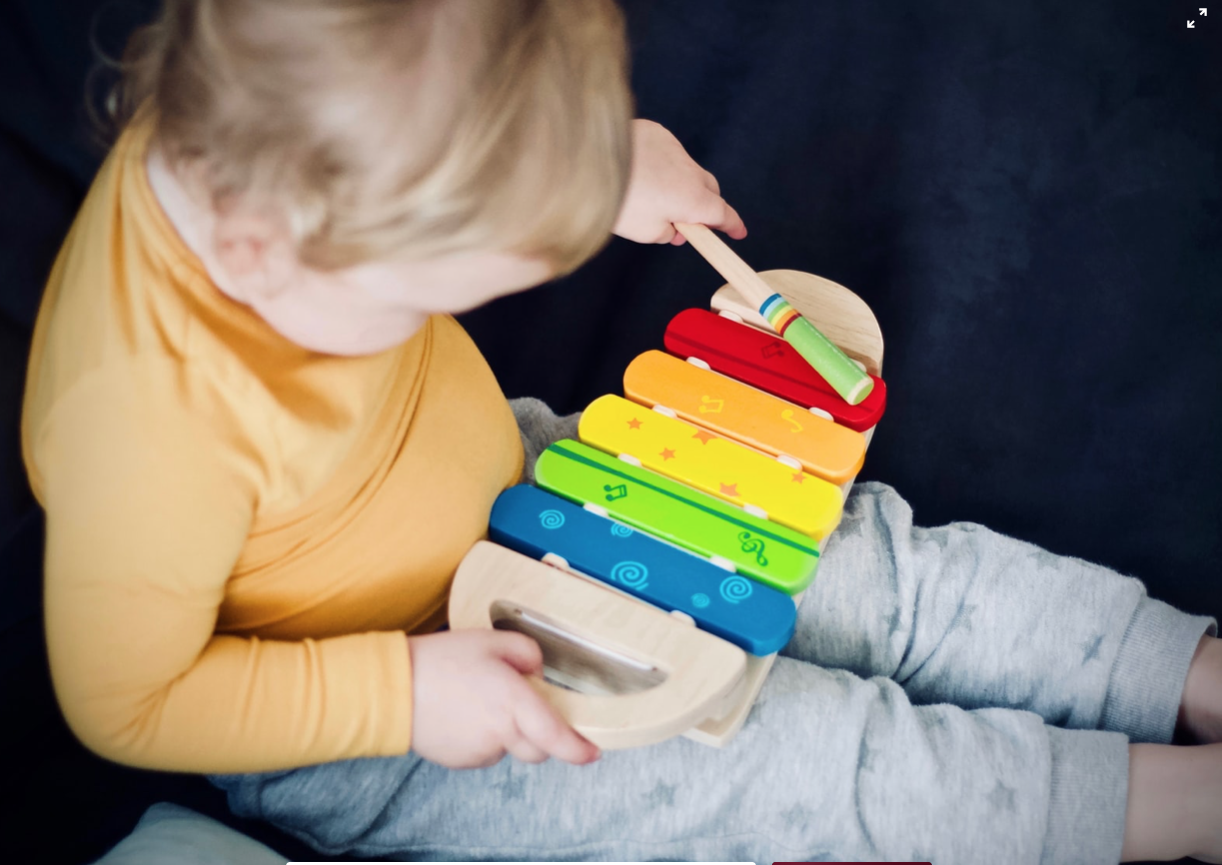
All teachers and nursery assistants understand how much benefit and enjoyment children derive from making music on percussion instruments. Children show clearly their joy in the kinaesthetic experience of handling musical instruments, as well as their satisfaction in exploring a whole new world of sounds. Musical experiences are considered an essential part of the curriculum for young children in all areas of the UK and playing instruments is an important aspect of children's music education.
What's so Special about Percussion Instruments?
Percussion instruments educate children in a wider sense, allowing them to discover the physics of sound. The volume produced by a percussion instrument bears a direct relationship with the way in which it is played - hit a chime bar from a greater height and the sound is louder, change the beater from a soft-headed one to a hard-headed one and the tone is harsher, bounce the beater off a chime bar to make a ringing sound or leave it resting on the surface to produce a dull sound.
Essential untuned percussion - Percussion instruments offer a huge variety of timbres (essential, defining sound qualities), such as the difference between a drum and a shaker, or a wood block and a bell. For a little group or for using at home, this small Percussion Set is a good buy - of excellent quality that will withstand lots of use by children.
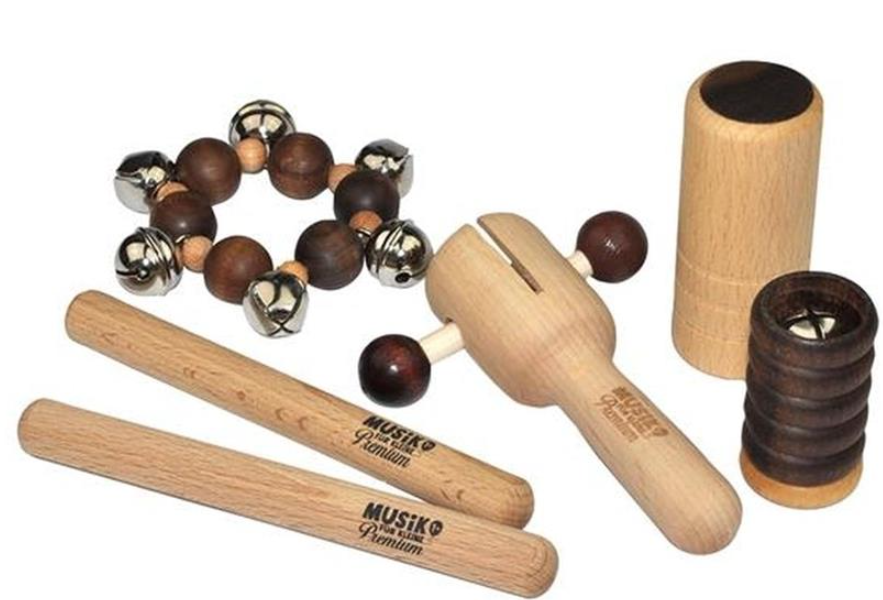
Playing tunes
Basic essentials - for playing or making up a simple tune, or for combining with other sounds these Chime Bars are appealing to use, good quality, and inexpensive to buy.
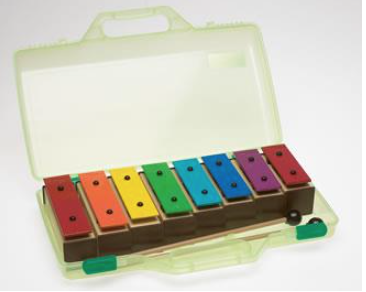
A little more excitement - I love these colourful handbells! They are fun to play and easy to use for young children.
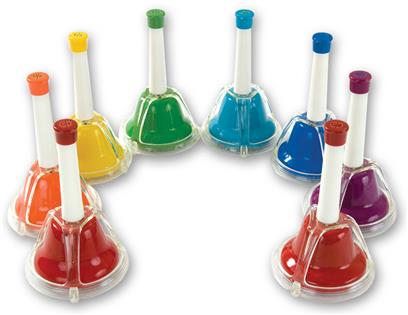
Luxuries - big xylophones are ideal for children because the bars are easy to hit with a beater! Don't make the mistake of buying tiny little glockenspiels - the notes are difficult to hit accurately with a beater (try it yourself!). On a xylophone, children can easily create the sound of music from different cultures, such as using just C, D, E, G and A to improvise Chinese-sounding music; then add a World Percussion instrument for extra interest. Here's a beautiful quality xylophone.
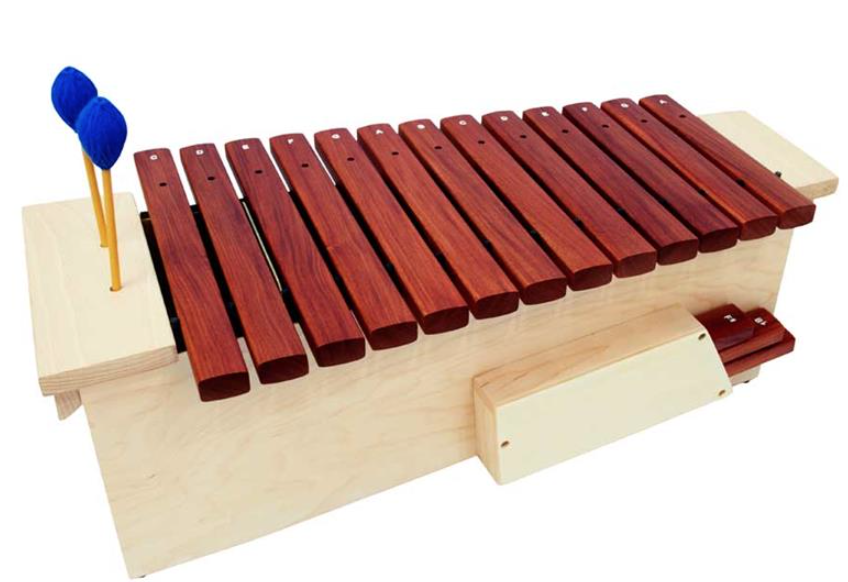
My Favourite Drum
A Djembe Drum is my go-to instrument for keeping everyone in time. It's lovely to play, easy to hold between your knees, and has a rich sound quality reminiscent of its African origins. Here's a competitively priced, medium-sized Djembe Drum for you and the children to enjoy.
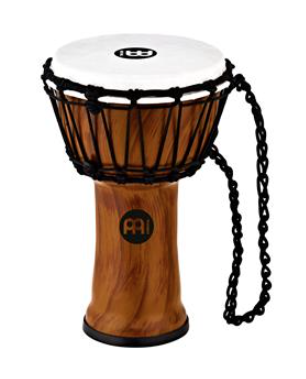
Boomwhackers!
I couldn't leave out these amazingly versatile, easy-to-use Boomwhackers. They are tuned to actual pitches starting from C so they go with chime bars or xylophones, as well as being such fun to use on their own - you can safely bash them on the floor to make a sound!
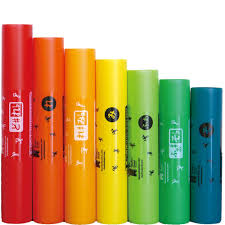
Win-win!
It took me literally hours to collate this information for you and the experience that went before it spans years of teaching music to children of all ages, using these instruments. So please show a little love - if you buy from the links in the article, the sellers (who are tried and trusted) will give me a tiny percentage at absolutely no cost to you!
PS: Did you know that, at Musicroom, teachers get 10% off purchases, UK delivery is free and students get discount, and that schools are exempt from paying VAT?